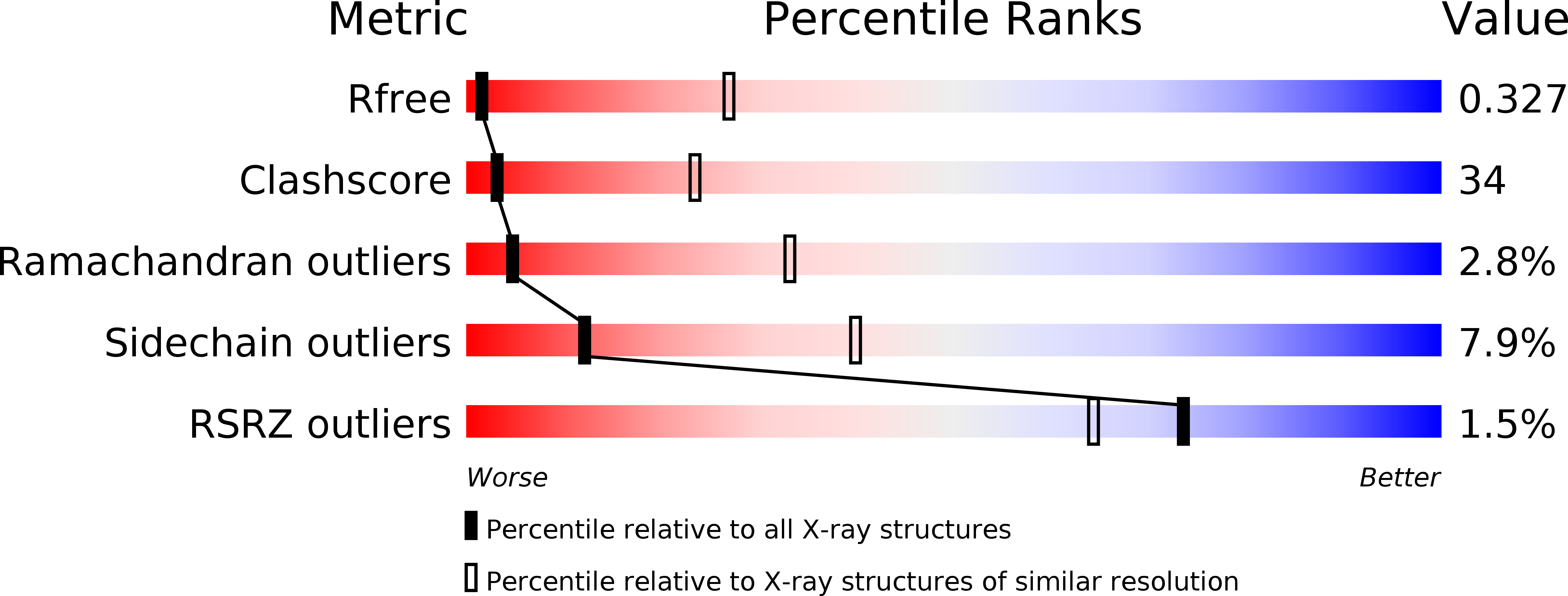
Deposition Date
2015-09-10
Release Date
2016-05-11
Last Version Date
2024-03-06
Entry Detail
PDB ID:
5DO7
Keywords:
Title:
Crystal Structure of the Human Sterol Transporter ABCG5/ABCG8
Biological Source:
Source Organism:
Homo sapiens (Taxon ID: 9606)
Host Organism:
Method Details:
Experimental Method:
Resolution:
3.93 Å
R-Value Free:
0.32
R-Value Work:
0.24
R-Value Observed:
0.24
Space Group:
I 2 2 2


